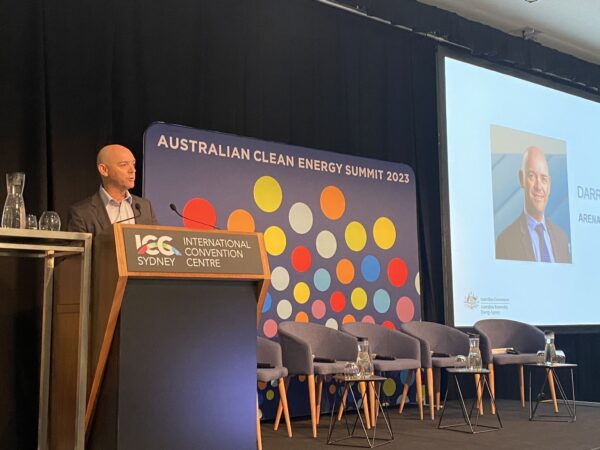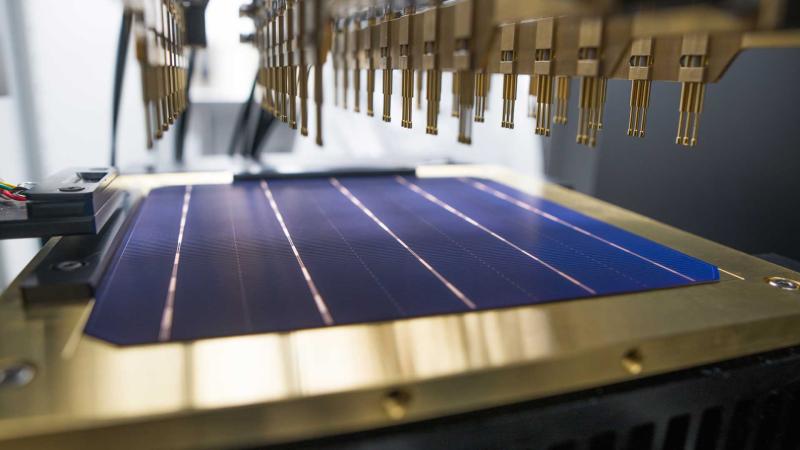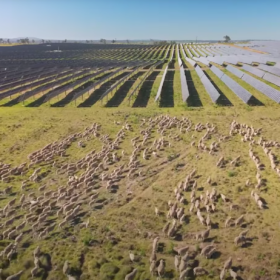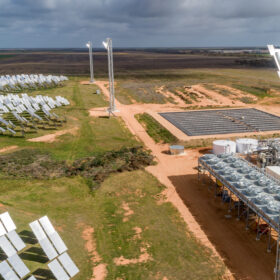A white paper on the potential of ultra low-cost solar launched by the Australian Renewable Energy Agency (ARENA) says urgent action is needed to accelerate Australia’s progress towards net zero, noting that solar can be “one of the heroes” of the story by making it possible to decarbonise heavy industry.
“A set of coordinated activities is required to ensure that Australia can successfully deploy the scale of solar PV needed, not just to realise the government’s target of 82% renewables in our electricity system by 2030, but to reduce the cost of solar PV even further beyond 2030 and realise the vision of Australia as a renewable energy superpower,” ARENA says in the white paper.
Central to the white paper, which primarily focuses on the utility-scale market, is ARENA’s 30-30-30 vision for ultra low-cost solar in Australia, which represents 30% solar module efficiency and 30 cents per installed watt at utility scale by 2030.
ARENA said achieving the targets will require a step change from where we are today at about 22% solar module efficiency and more than $1 per watt installed cost.
In terms of total levelised cost of energy (LCOE), ARENA’s vision requires a drop to about one-third of today’s solar LCOE to below $20/MWh.

Image: ARENA
ARENA Chief Executive Officer Darren Miller said “achieving this vision won’t be easy, but Australia has a comparative advantage due to our huge land mass, strong solar resources and abundance of minerals that can be used to make green products.”
“Innovation is key to reducing the cost of solar. Groundbreaking research has been taking place in Australia’s labs since the 1980s, and we have homegrown startups such as 5B and SunDrive doing exciting things in novel deployment methods and materials science.”
ARENA said the main objectives of white paper are to elevate PV in Australia’s national priorities by outlining the benefits that extremely cheap solar could unlock. The agency is also looking to identify key barriers and innovation priorities for ultra low-cost solar to government, industry and the Australian public.
Miller said Australia needs to step up support to deliver further cost reductions through increased module efficiencies, cheaper material costs and innovative ways to deploy and maintain solar in the field.
“We need a united front to tackle this task,” he said. “We’re calling on Australia’s governments, market bodies, developers, investors and innovators across the entire supply chain to commit to these goals.”
This content is protected by copyright and may not be reused. If you want to cooperate with us and would like to reuse some of our content, please contact: editors@pv-magazine.com.








By submitting this form you agree to pv magazine using your data for the purposes of publishing your comment.
Your personal data will only be disclosed or otherwise transmitted to third parties for the purposes of spam filtering or if this is necessary for technical maintenance of the website. Any other transfer to third parties will not take place unless this is justified on the basis of applicable data protection regulations or if pv magazine is legally obliged to do so.
You may revoke this consent at any time with effect for the future, in which case your personal data will be deleted immediately. Otherwise, your data will be deleted if pv magazine has processed your request or the purpose of data storage is fulfilled.
Further information on data privacy can be found in our Data Protection Policy.